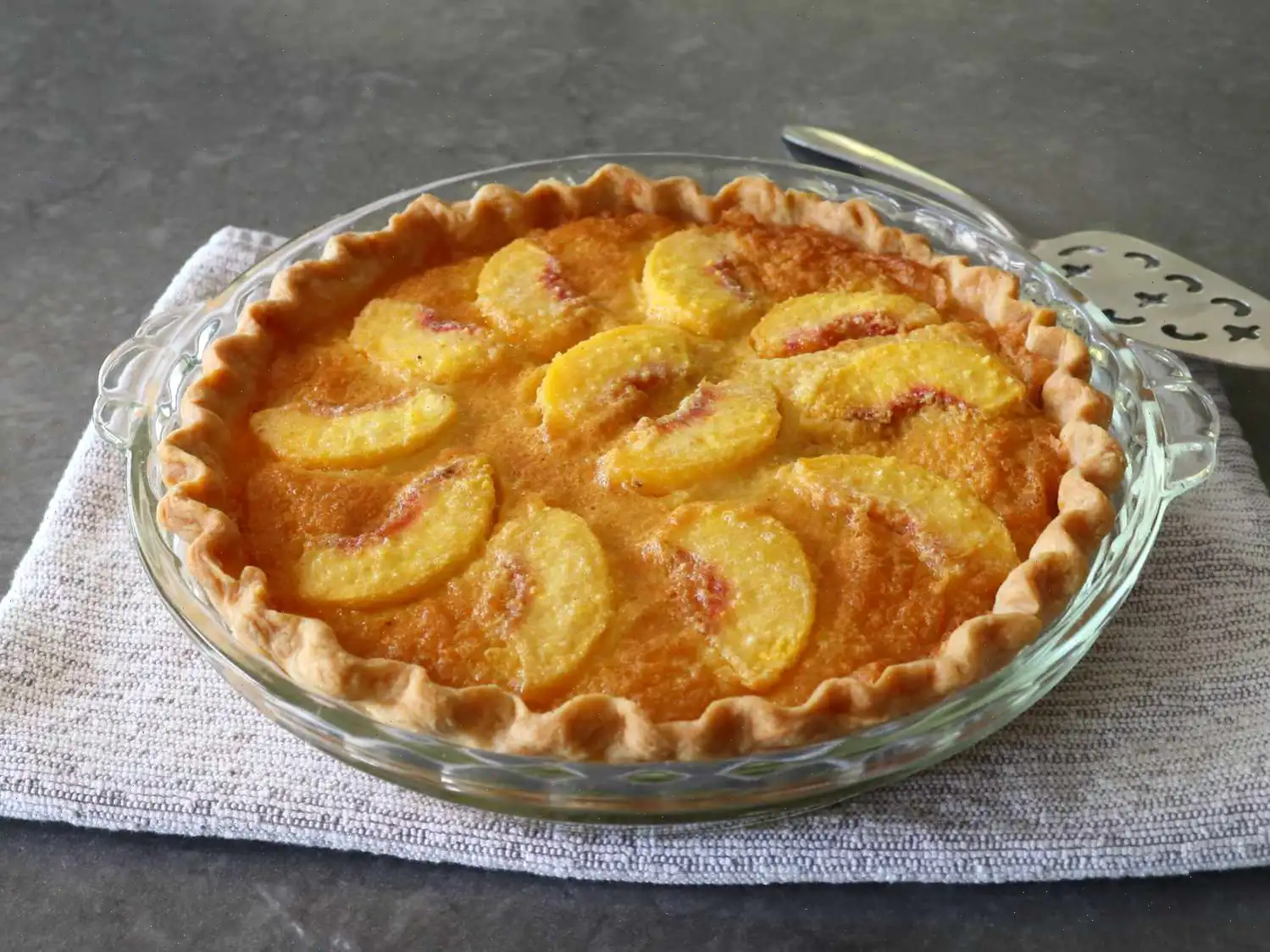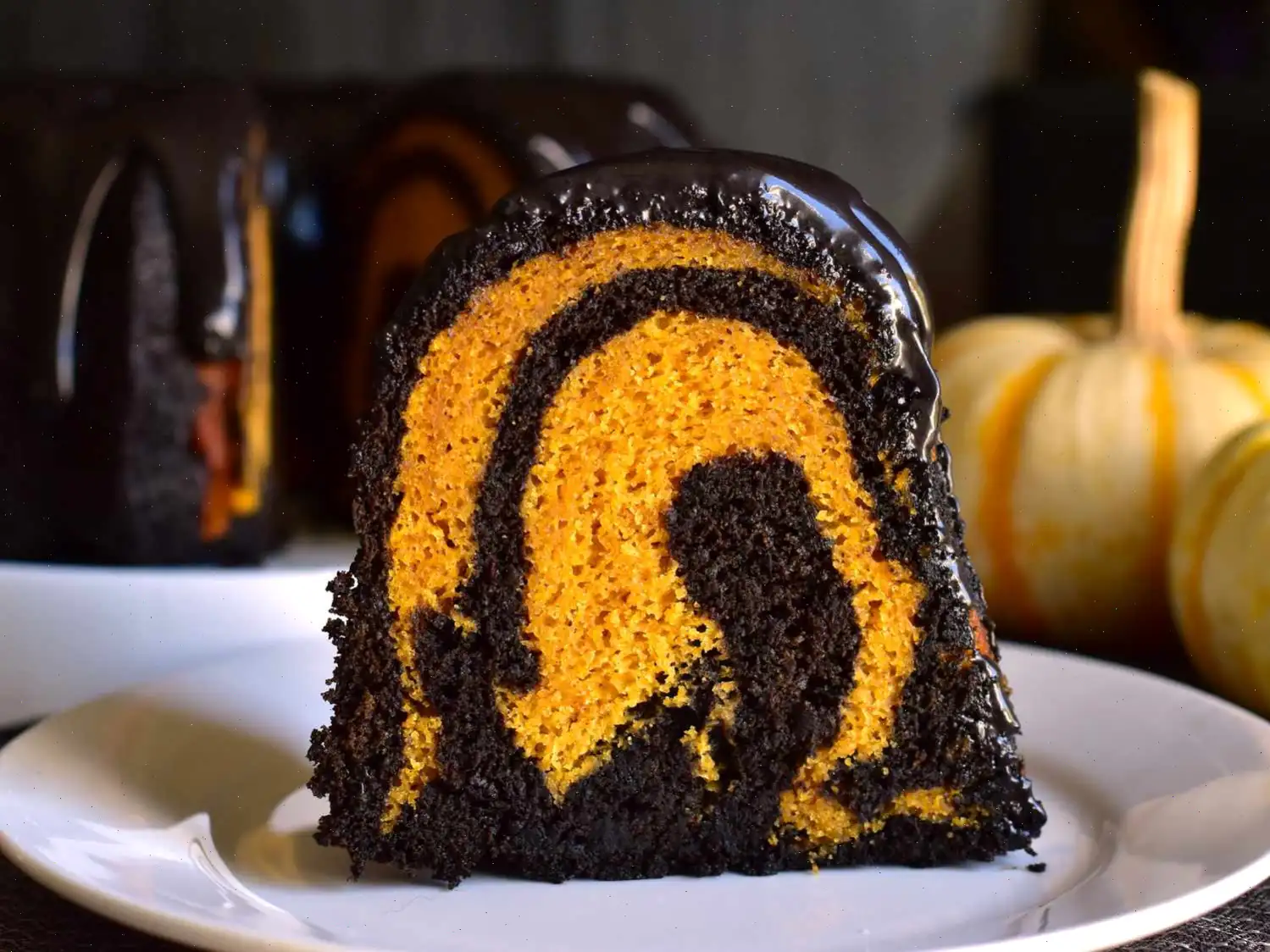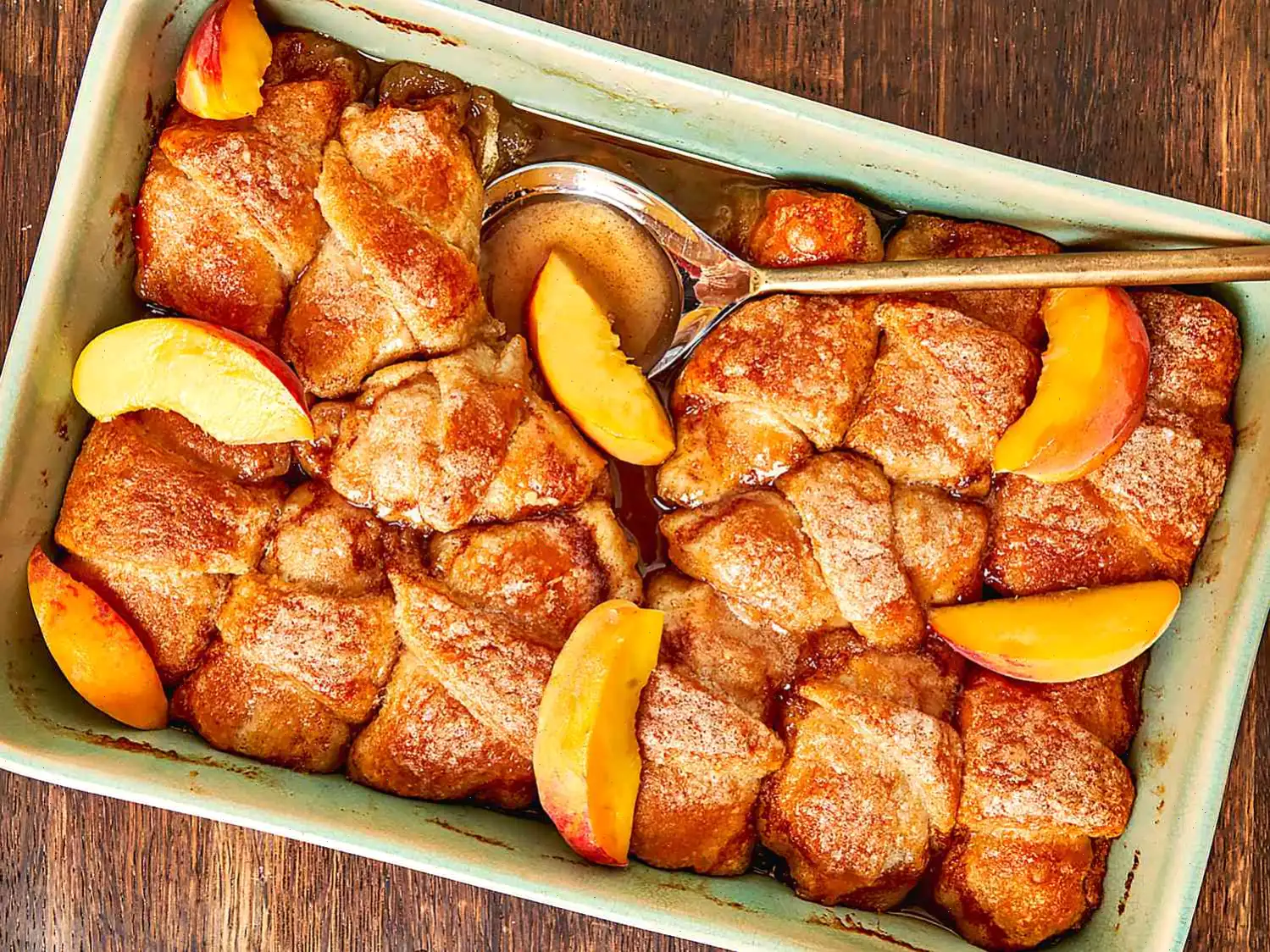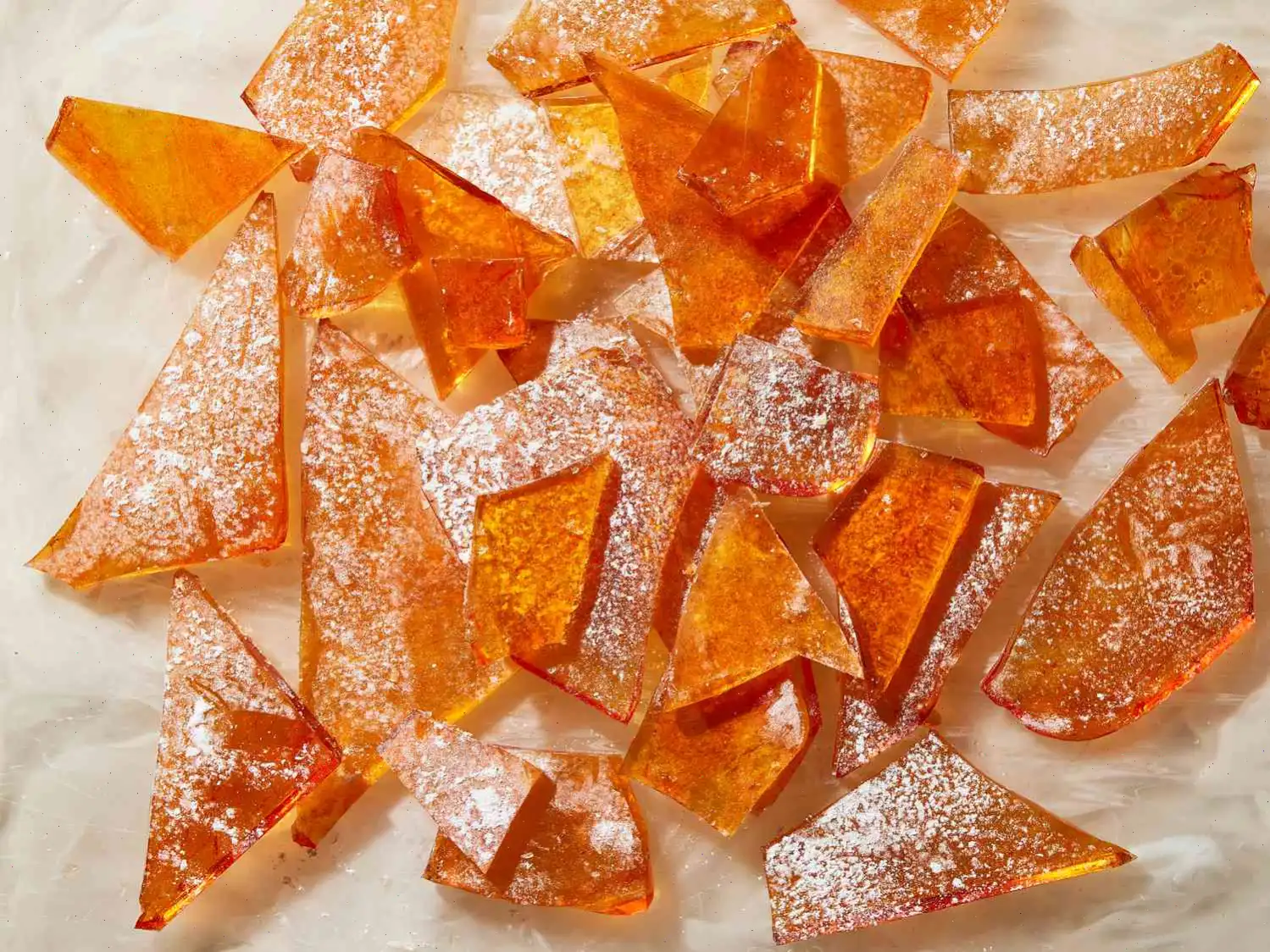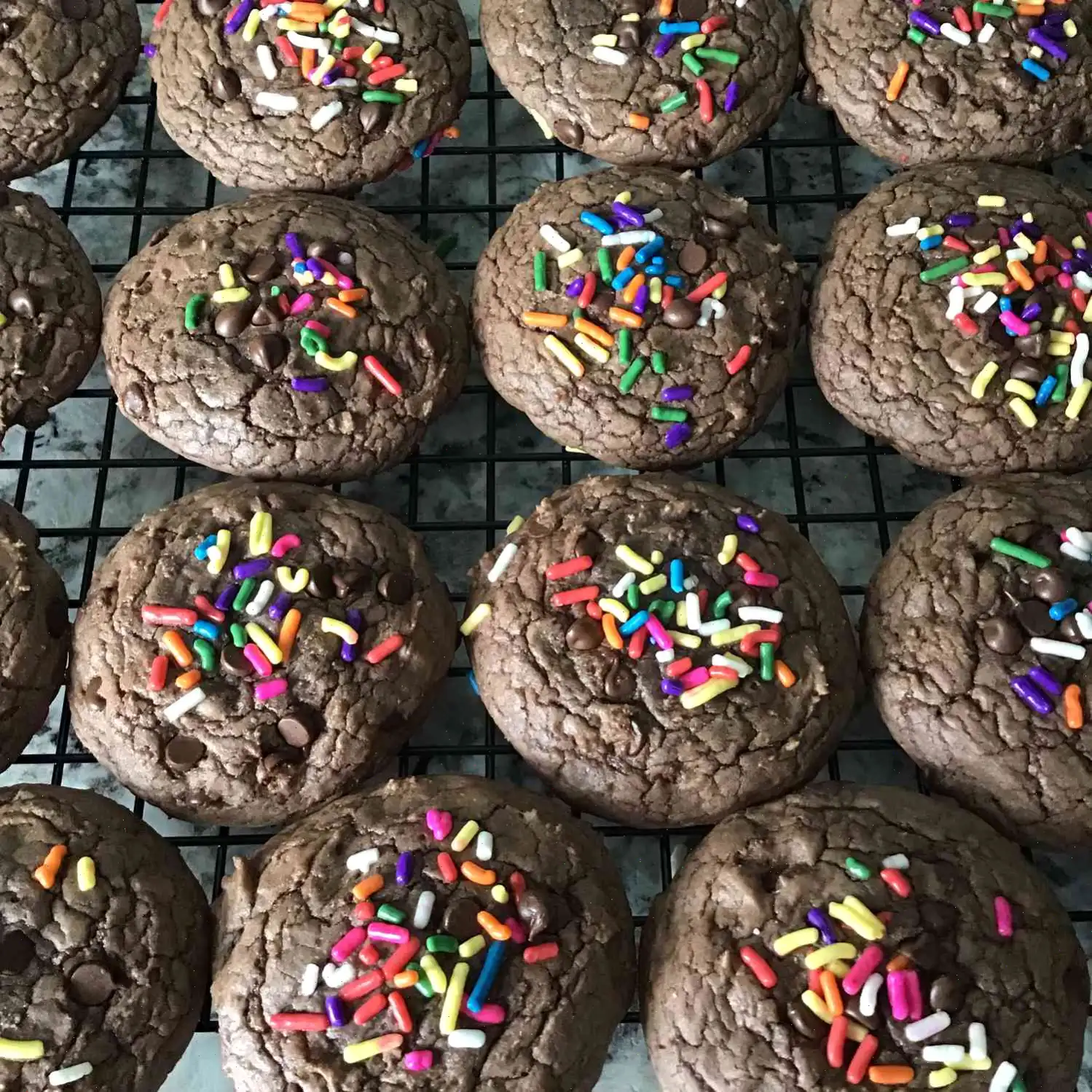
Peach Custard Pie Recipe
This delicious peach custard pie combines the sweetness of ripe peaches with a creamy, smooth custard filling. It's a perfect treat for any occasion, bringing together a flaky pie crust and rich custard texture.
Ingredients
- 1 ready-to-bake single pie crust shell
- 2 ripe peaches, peeled and sliced into eighths
Custard:
- 4 large eggs
- 1 cup white sugar
- 1 tablespoon brown sugar
- 1 tablespoon all-purpose flour
- 2 tablespoons cornmeal
- 1/2 teaspoon salt
- 1 teaspoon vanilla extract
- 1 tablespoon apple cider vinegar
- 1/4 cup whole milk
- 1/2 cup melted butter
Directions
Step 1: For blind baking the crust (optional), chill the pastry-filled pie pan in the fridge for at least 20 minutes before baking to prevent shrinkage.
Step 2: Preheat the oven to 400F (200C). Line the pastry with parchment paper or a double layer of aluminum foil. Add pie weights or dried beans on top.
Step 3: Bake the crust in the preheated oven for about 15 minutes. After baking, remove the foil and weights, and let it cool to room temperature for around 20 minutes. The base should be a light golden brown.
Step 4: Reduce the oven temperature to 350F (175C).
Step 5: For the custard filling, whisk together eggs, white sugar, and brown sugar in a bowl for about 2 minutes until the sugar dissolves.
Step 6: Add flour, cornmeal, salt, vanilla extract, apple cider vinegar, milk, and melted butter. Whisk again for another 2 minutes until the mixture is smooth and fully emulsified.
Step 7: Arrange 12 peach slices in the bottom of the cooled pie crust.
Step 8: Give the custard mixture a final whisk, then carefully pour it over the peaches. Be gentle to avoid disturbing the peach slices.
Step 9: Bake the pie in the preheated oven at 350F (175C) for 50-60 minutes, until the top is browned and a sharp knife inserted into the center comes out clean. The pie should not be liquid but will jiggle slightly when moved.
Step 10: Let the pie cool completely. For best results, chill the pie in the refrigerator before serving.
Nutrition Facts
Per Serving (1/8 of the pie):
- Calories: 483
- Total Fat: 25g (33% Daily Value)
- Saturated Fat: 12g (59% Daily Value)
- Cholesterol: 124mg (41% Daily Value)
- Sodium: 443mg (19% Daily Value)
- Total Carbohydrate: 58g (21% Daily Value)
- Dietary Fiber: 3g (10% Daily Value)
- Total Sugars: 36g
- Protein: 7g (14% Daily Value)
- Vitamin C: 6mg (6% Daily Value)
- Calcium: 41mg (3% Daily Value)
- Iron: 2mg (10% Daily Value)
- Potassium: 266mg (6% Daily Value)
* Percent Daily Values are based on a 2,000 calorie diet. Your daily values may be higher or lower depending on your calorie needs.
The History and Origins of Peach Custard Pie
Peach custard pie is a beloved dessert that combines the juicy sweetness of peaches with the creamy texture of custard. Its origins trace back to the Southern United States, where fruit pies and custard-based desserts have been staples since the 19th century. Early American cooks often used locally grown peaches, which were abundant in states like Georgia and South Carolina. The combination of custard and fruit evolved as a way to create a richer, more indulgent pie that could be served on special occasions, particularly during summer harvests.
Regional Characteristics
This dessert has distinct regional characteristics, particularly in the Southern U.S. Southern versions tend to emphasize a tender, flaky crust and a lightly sweetened custard, allowing the flavor of ripe peaches to shine through. In contrast, Northern adaptations may include additional spices like cinnamon or nutmeg and sometimes a lattice top crust. The custard itself can vary in richness, with some regions incorporating cream or even buttermilk for a slightly tangy finish, reflecting local preferences and available ingredients.
Differences from Similar Dishes
While peach custard pie shares similarities with traditional peach pie and Southern chess pie, it is unique in its balance of texture and flavor. Unlike classic peach pie, where the filling is mostly fruit and sugar, peach custard pie incorporates a smooth, egg-based custard that binds the peaches together and creates a creamy consistency. Compared to chess pie, which is primarily a custard with minimal fruit, this pie highlights the fresh fruit as a main ingredient while still benefiting from a rich custard base. This hybrid nature gives it a distinctive taste and texture profile.
Typical Serving Contexts
Peach custard pie is commonly served at family gatherings, holiday dinners, and summer picnics. It is especially popular during peach season when fresh, ripe peaches are at their peak. Restaurants specializing in Southern cuisine often include this dessert on their menus, pairing it with vanilla ice cream or a dollop of whipped cream. The pie is usually presented as a centerpiece dessert due to its attractive golden crust and vibrant peach filling.
Interesting Facts
- Peach custard pie can be traced to early American cookbooks from the 1800s, showing its long-standing popularity in the Southern culinary tradition.
- The use of cornmeal in the custard is a traditional Southern technique that helps thicken the filling while adding subtle texture.
- Blind baking the crust, as some recipes suggest, ensures that the bottom remains crisp even when the custard filling is baked.
- While fresh peaches are ideal, canned or frozen peaches can be used, making the recipe versatile year-round.
- This pie is celebrated for its simplicityjust a few quality ingredients can create a dessert with layered flavors and textures.
In essence, peach custard pie is more than just a dessert; it is a reflection of regional history, seasonal abundance, and culinary creativity. Its enduring popularity lies in its harmonious combination of sweet peaches, creamy custard, and a tender crust, making it a classic favorite across generations.
You can listen to this recipe in AI audio format. Simply click the play button below to listen to the content in a format that suits you best. It’s a great way to absorb information on the go!


